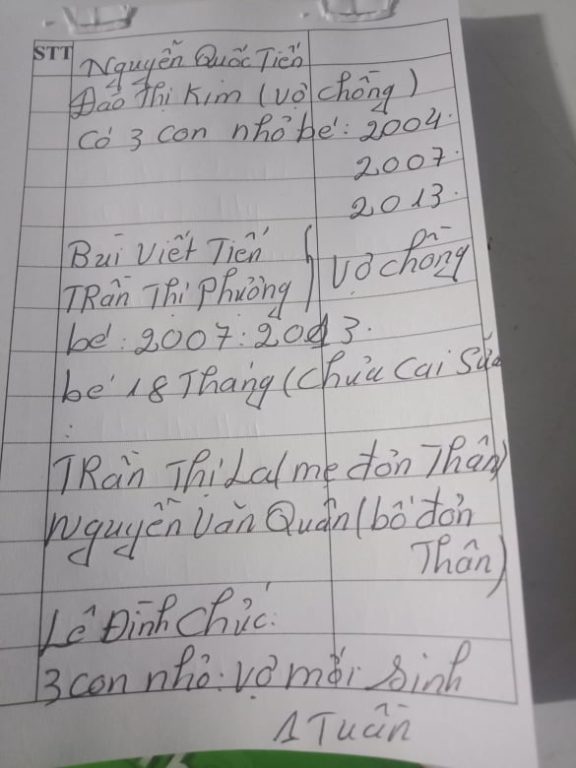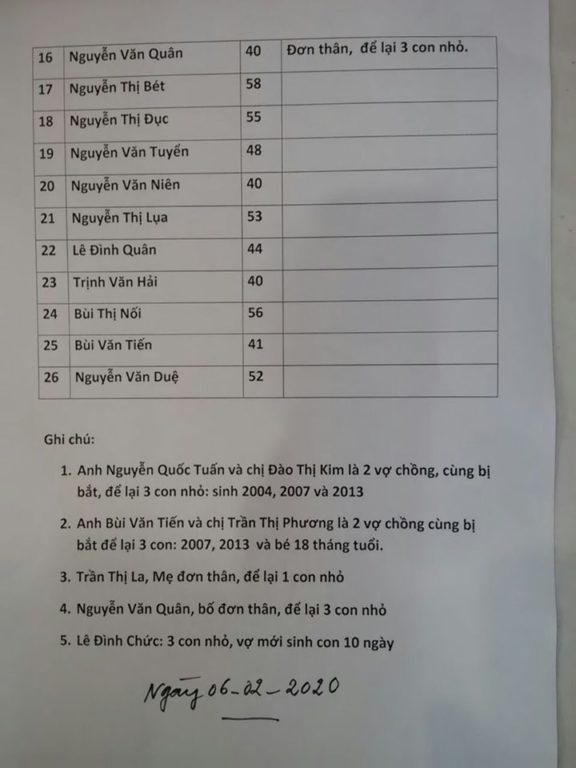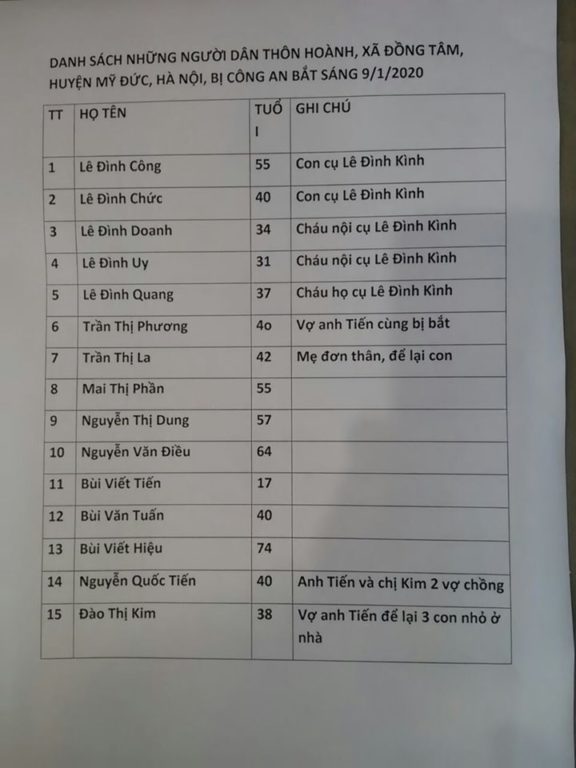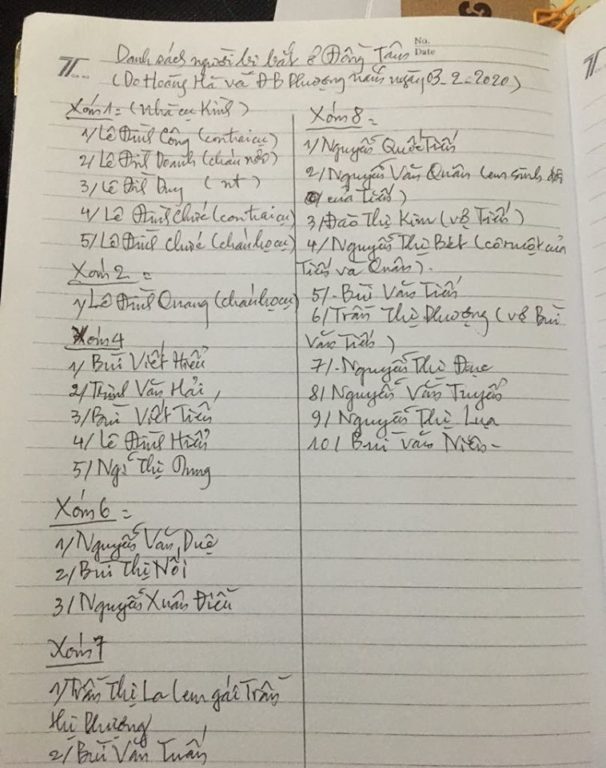World
Don’t Let the Chinese Government Escape Blame for
Coronavirus’s Initial Spread
Therese Shaheen
Source: https://www.yahoo.com/news/don-t-let-chinese-government-103028577.html
From almost the very beginning of the COVID-19/coronavirus
crisis in January and early February, it’s
often been asked whether it might be the “Chinese Chernobyl.” Could
the crisis expose the weakness of the mix of oppression, information control,
and social disgust that underpin the Chinese Communist regime and trigger its
collapse? Others have
suggested that it might instead be “president Xi Jinping’s
Tiananmen,” meaning he will use all the tools at his disposal to tighten down
and prevent, well . . . a Chinese Chernobyl.
It is too soon to know what may happen. But it’s not too
soon for attempts to whitewash the timeline and Chinese-government actions in
the earliest moments of the crisis. Indeed, even now, the level of public
anxiety about both the virus and what the Chinese government is doing and
saying about it remain high.
It is helpful to review the current status and the timeline
that got us here. On Monday, February 24, the World Health Organization
determined that reported cases of COVID-19/coronavirus had peaked. At the time,
there were about 76,000 reported cases in China, and about 1,800 cases
elsewhere in the world. In the United States, there were 14 reported cases. As
of March 7, the U.S. Centers for Disease Control and state and local public
health reporting suggest the number is more than 300 cases, a twenty-fold
increase. Globally, there are more than 100,000 cases, with more than 350
deaths in Italy alone.
The world has barely begun to reckon with what the Chinese
government claims to have gotten under control. It’s true that forced
quarantining and other extreme measures in China played a critical role. The
World Health Organization report of its February mission to China praises the
PRC for its response: “The response structures in China were rapidly put in
place according to existing emergency plans and aligned from the top to the
bottom. This was replicated at the four levels of government (national,
provincial, prefecture and county/district).” The leader of the World Health
Organization mission to China in February, Canadian epidemiologist Dr. Bruce
Aylward, encouraged the world to “access the expertise of China,” adding that “if
I had COVID-19, I’d want to be treated in China.”
But the WHO report and subsequent reporting about what the
world can learn from China represents a real-time cleansing of the actual
record, a record that includes intentional obfuscation and failure to respond
in the early stages of the crisis. This includes the government’s early
attempts to stifle communication about the virus, the censorship of doctors and
others on social media as cases were being observed in late December, and the
continuing suppression of information on social media across the country about
how the government, from President Xi Jinping to local administrators,
continues to mislead the public and the rest of the world.
On March 3, researchers at the University of Toronto Munk
School of Global Affairs and Public Policy published “Censured Contagion,” a
report that meticulously documents a timeline and body of facts that paint
quite a different picture than the WHO report, and placing WHO’s accolades for
China’s “response structures” that were “rapidly put in place” in doubt. The
WHO report concludes that the beginning of the epidemic was December 30, 2019,
with the collection of samples from a pneumonia patient in Wuhan Jinyintan
Hospital. Data provided in graphics in the report show essentially zero cases
before that date.
Yet the Munk School researchers found that censorship of
certain keywords in social media had already begun by then. They highlight
social-media reports during the prior week by doctors reporting an unknown
pathogen, linking it to the Wuhan seafood market. By December 31, social-media
channels, including WeChat, were already censoring the terms “Wuhan seafood
market” and “unknown Wuhan pneumonia.”
As careful as the recent Munk School report is, its
essential elements were available to WHO researchers before they made their
February 16-24 trip and wrote their report praising the PRC response. On
February 1, the Washington Post published a story excoriating
Beijing’s early handling of the outbreak. The story includes anecdotes
consistent with the Munk School analysis, such as how the Wuhan Public Security
Bureau on New Year’s Day had begun detaining people for “spreading ‘rumours’
about Wuhan hospitals receiving SARS-like cases.” The
government-controlled Xinhua News Agency, the Post reported,
called on those online to “jointly build a harmonious, clear and bright
cyberspace.”
WHO and its director-general, the Ethiopian politician
Tedros Adhanom Ghebreyesus, have received criticism for their own response to
the crisis. Michael Collins at the Council on Foreign Relations labeled it a
joint “dereliction of duty” in a searing blog post in late February. Collins
correctly concludes that WHO “laundered” the PRC record, damaging its own
credibility by doing so.
The most galling result of that image-burnishing is the
ubiquity of coverage — and repetition by third parties who don’t care to find
out the truth — to the effect that the world should actually thank the
PRC for its strong reaction, because it bought the world the necessary time to
prepare for the challenge. Science magazine online, the publication of
the American Academy for the Advancement of Science, posed the question this
week: “Can China’s COVID-19 strategy work elsewhere?” This is just one example.
This reflects what we already know about the Chinese
government. It is developing into a modern state, one whose public-health
system has significantly advanced from its ordeal with the SARS epidemic just
20 years ago. Per capita wealth is up more than 300 percent, and the Chinese
share of the global GDP has more than doubled, from about 7 percent to more
than 16 percent over the same period.
Alongside that growth and progress, though, China under
President Xi is ever more repressive. It uses some of the most sophisticated
technology in the world simply to control its population. That includes
Internet censorship, social-media monitoring and tracking of ordinary citizens,
and the mass detention of Muslims and other minorities.
But Chinese government face-saving is not stopping at the
Chinese border. It is also attempting to control the narrative through
state-controlled media, and through their willing partners in the West,
including WHO. Government propagandists published a compendium of state-news
agency articles, official government statements, and other documents in a book
called A Battle Against Epidemic: China Combatting COVID-19 in 2020. The
publication faced immediate scorn in social media within the country.
Fortunately, despite the well-documented censorship of
social media, citizen journalism continues. A popular meme shows Dr. Li
Wenliang, the Wuhan ophthalmologist whose social media questioned the “Wuhan
pneumonia” in late December and who eventually died from the virus, with barbed
wire where his facemask should be. Several citizen journalists have gone
missing, including in Shandong province, where there have been reports
including in the Epoch Times that significant underreporting of COVID-19
by official statistics continues despite the WHO declaration that the caseload
has peaked.
In times of duress, the most innate qualities of countries
tend to predominate. That’s what we’ve seen with the PRC. We can recognize the
intensity of China’s public-health response. But we should acknowledge and
condemn the methods by which the world was kept in the dark for too long, and
the means by which Beijing continues to interrupt the flow of information. We
should not be thanking Beijing for its actions. Instead, we need honesty and
the pursuit of the truth to defeat this challenge. And we must acknowledge that
the Chinese government’s actions early on almost certainly led to the global
crisis we’re facing.
More from National Review








